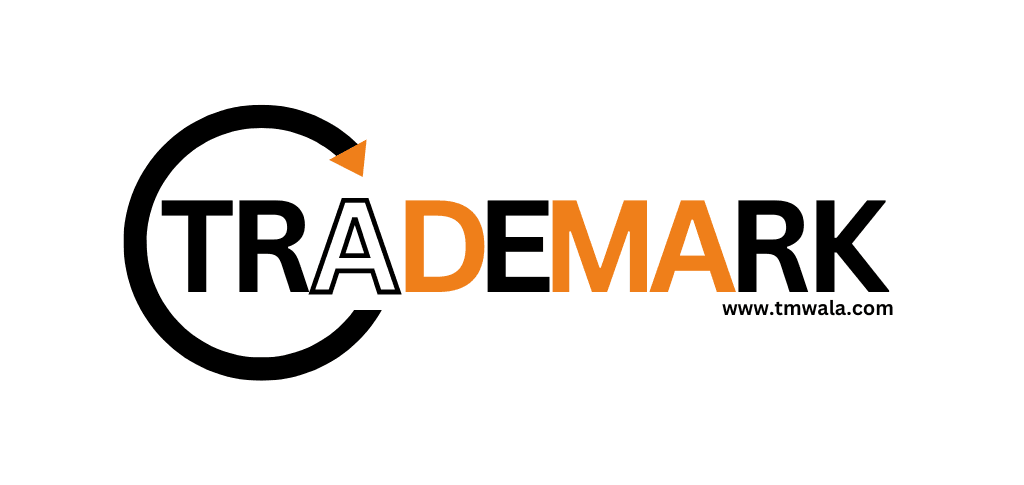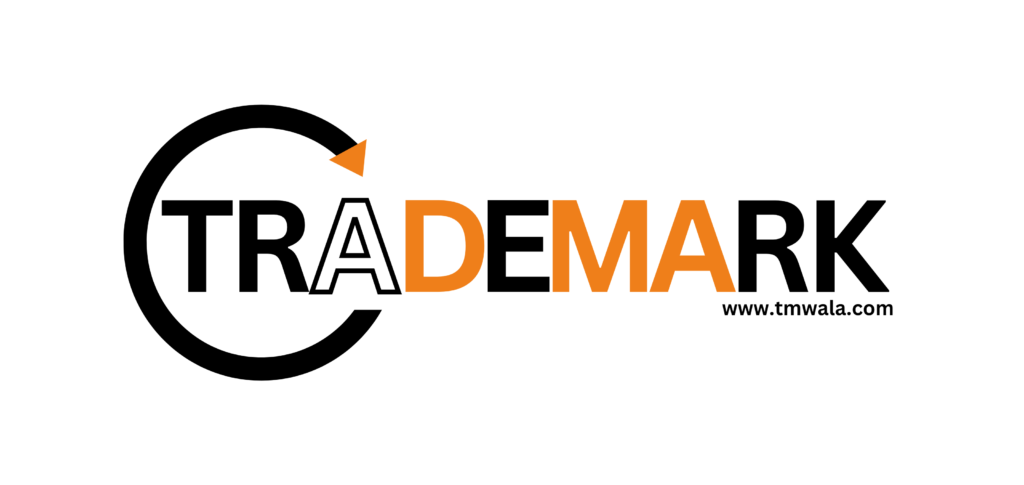
Introduction
India’s intellectual property landscape has undergone unprecedented changes in recent years, characterized by a significant increase in patent applications reflecting the evolving innovation ecosystem in the country. This phenomenon represents not only a statistical increase but also a fundamental change in India’s approach to intellectual property protection and technological progress.
A patent is a legal document that gives an inventor exclusive rights to their invention for a limited time, usually 20 years from the filing date. As per the Patent Act, 1970, as amended in 2005, a patent is defined as
Patent Act 1970 (India), as amended by the Patents (Amendment) Act 2005
“a grant by the Government to an inventor, giving him the exclusive right to prevent others from making, using, offering for sale, selling or importing the patented product or process for making that product for those purposes without his consent.”
A patent is based on three key principles: novelty, inventive step (non-obviousness), and industrial applicability. This ensures only real inventions get patented and keeps the balance between rewarding inventors and the public domain.
Patents serve as catalysts for innovation and economic development through multiple mechanisms. They provide inventors with commercial incentives by ensuring exclusivity over their creations, thereby encouraging investment in research and development activities. Furthermore, patents facilitated the dissemination of knowledge through mandatory disclosure requirements, contributing to the cumulative nature of technological progress.
In the context of a developing economy like India, patents assume additional significance as indicators of technological capability and competitive advantage in global markets. They attract foreign direct investment, foster technology transfer, and enhance the country’s position in international trade negotiations.
Statistical Overview and Growth Trajectory
India’s patent application landscape has experienced exponential growth, with the country securing its position among the top ten patent filing offices globally according to the World Intellectual Property Organization (WIPO) 2024 report. The surge or the increase is characterised by several remarkable statistics:

| Key Growth Indicators: |
| India’s patent landscape shows remarkable growth across multiple metrics: |
| Patent applications reached 64,480 in 2023 according to WIPO data, representing a 15.7% increase from the previous year. |
| Total patent filings including all categories exceeded 90,000 applications when combining patent applications with other IP filings.In 2023, around 177 patent applications were filed every day on average.In 2023, India granted over 75,000 patents, the highest annually figure in its history. |
| Patent grants doubled from FY2019 to FY2023, with projections exceeding 100,000 grants for FY2024. |
| India ranked sixth internationally in patent applications, indicating a continuing growth trend. |
A particularly significant development is the shift in the composition of patent applications. The trend culminated in 2023 when resident patent applications (35,580) decisively outnumbered non-resident applications (28,900), marking a historic turning point in India’s patent filing pattern. This represents a remarkable 213% increase in resident filings from 2019 levels (11,370), demonstrating nearly threefold growth over a span four years. This milestone reflects the maturation of India’s domestic innovation ecosystem and the growing confidence of Indian inventors in intellectual property protection.

The patent surge spans multiple technological domains, with certain sectors demonstrating exceptional growth:

Information Technology and Software: The technology sector continues to dominate patent filings, driven by India’s strong software development capabilities and emerging technologies such as artificial intelligence, blockchain, and cybersecurity solutions.
Biotechnology and Pharmaceuticals: India’s pharmaceutical sector has shown remarkable patent activity, particularly in generic drug formulations, biotechnology applications, and medical devices.
Clean Technology and Renewable Energy: Environmental concerns and government initiatives have spurred innovation in solar energy, wind power, and sustainable technologies.
Manufacturing and Engineering: Traditional manufacturing sectors have embraced innovation, leading to patents in automotive components, textile technologies, and industrial processes.
Telecommunications: The advent of 5G technology and digital infrastructure development has generated significant patent activity in telecommunications and related fields.
The startup ecosystem has emerged as a major driver of patent growth, with applications from startups increasing by more than 150% in the last five years. This trend reflects the entrepreneurial spirit and technological innovation prevalent in India’s startup community, supported by government initiatives such as the Startup India program and various incubation schemes.

Phase I: Foundation Building (2015-2018)
Phase II: Acceleration (2019-2021)
Phase III: Exponential Growth (2022-2024)
Economic Impact
The patent surge has generated substantial economic benefits through multiple channels:
Employment Generation: Innovation-driven sectors have created high-skilled employment opportunities, contributing to economic development.
Technological Advancement
The patent surge reflects India’s growing technological capabilities and research output. The quality of patents has improved significantly, with many Indian inventions finding applications in global markets.
Challenges and Concerns
Despite the positive trends, several challenges persist:

The patent application trend is expected to maintain its upward trajectory, with annual growth rates projected between 15-20%. The government’s continued focus on innovation and intellectual property protection will likely sustain this momentum.
The significant increase in patent applications in India marks an important milestone in the country’s innovation trajectory. This phenomenon reflects the maturation of India’s research and development ecosystem, the entrepreneurial spirit of its inventors, and the effectiveness of policy interventions aimed at promoting intellectual property protection.
While challenges remain, particularly in terms of processing efficiency and quality assurance, the overall trajectory indicates India’s emergence as a significant player in the global innovation landscape. The transition from a predominantly patent-importing nation to one where domestic applications outnumber foreign filings marks a fundamental shift in India’s technological capabilities.
The sustained growth in patent applications, coupled with improvements in examination processes and international recognition, positions India favourably for continued innovation-led economic development. However, maintaining this momentum will require continued policy support, infrastructure investment, and a sustained commitment to fostering a culture of innovation and intellectual property protection.
The patent surge is not merely a statistical achievement but a testament to India’s potential as a global innovation hub. As the country continues to strengthen its intellectual property ecosystem, the foundation is being laid for sustained technological advancement and economic prosperity in the knowledge economy of the twenty-first century.
AUHTOR- SUHANI SHARMA
FOURTH YEAR, BBA LLB, ARMY LAW COLLEGE, PUNE
Get started instantly

TMWala
Your one stop shop for all your business registration and compliance needs.
Our Services
© Copyright TMWala. All rights reserved
Choose your Entity Type
Individual/ MSME/ Sole Proprietorships
Non-MSME/ Large Entities

₹1,500.00 Original price was: ₹1,500.00.₹999.00Current price is: ₹999.00.
Trademark Application @ ₹999* (Basic Discounted Plan for MSME/Individual/Sole Proprietorships) Best-Selling, Economical & Easy

₹1,500.00 Original price was: ₹1,500.00.₹999.00Current price is: ₹999.00.
Trademark Application @ ₹999* (Basic Discounted Plan for Non-MSMEs/Large Entities) Best-Selling, Economical, Quick and Easy
Choose your Entity Type
Individual/ MSME/ Sole Proprietorships
Non-MSME/ Large Entities
₹3,500.00 Original price was: ₹3,500.00.₹1,999.00Current price is: ₹1,999.00.
Government Fees
₹4500/-
₹3,500.00 Original price was: ₹3,500.00.₹1,999.00Current price is: ₹1,999.00.
Government Fees
₹9000/-
Choose your Entity Type
Non-MSME/ Large Entitie
Individual/ MSME/ Sole Proprietorships

₹15,000.00 Original price was: ₹15,000.00.₹6,999.00Current price is: ₹6,999.00.
Trademark Application @ ₹6999* (Premium Discounted Plan for Non-MSMEs/Large Entities) Comprehensive
Government Fees
₹9000/-

₹15,000.00 Original price was: ₹15,000.00.₹6,999.00Current price is: ₹6,999.00.
Trademark Application @ ₹6999* (Premium Discounted Plan for MSME/Individual/Sole Proprietorships) Comprehensive
Government Fees
₹4500/-